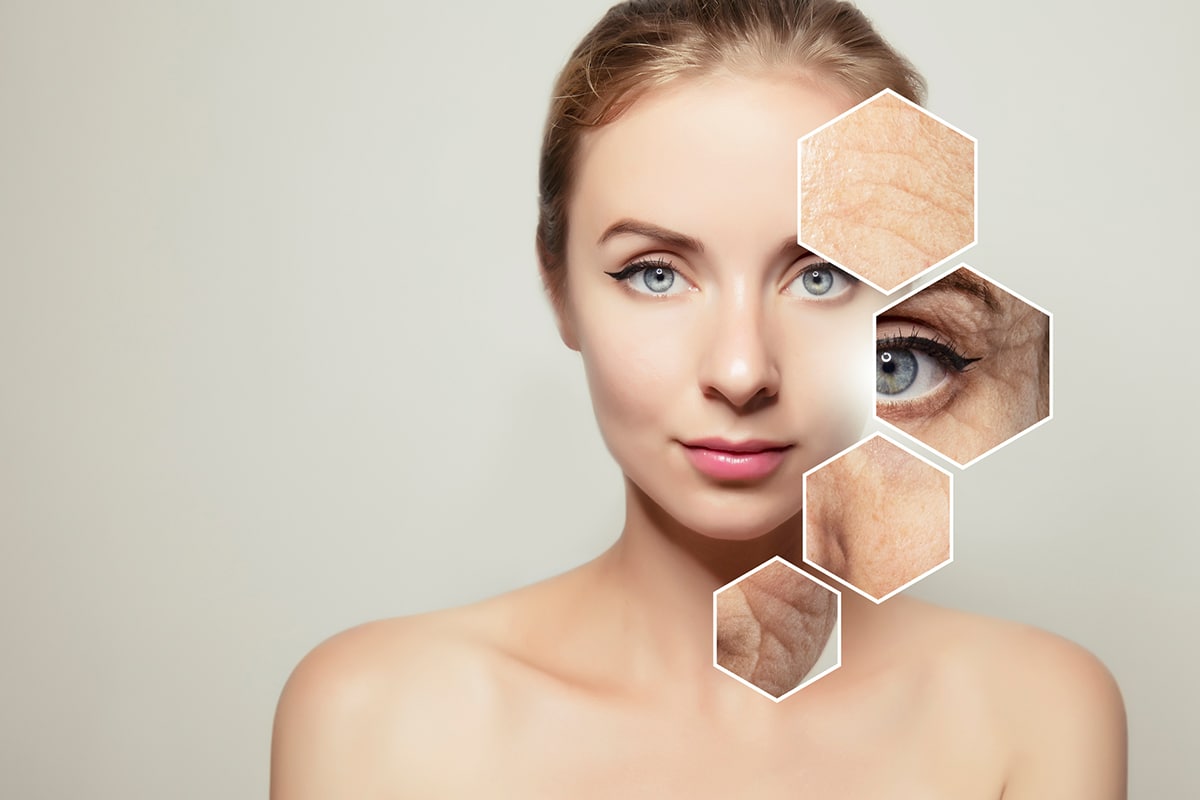
Botox and dermal fillers are primarily known for their cosmetic benefits. They are highly effective for smoothing fine lines and wrinkles in certain areas of the face where the signs of aging are most prominent. But did you know that Botox and fillers have additional medical benefits? They are also used to treat TMJ disorder, a common condition affecting the jaw joint.
If you ever struggle with jaw pain or limited range of motion in your jaw that has not improved with other treatments, it may be time to consider some new options. In this article we will define TMJ disorder and discuss how Botox and fillers can provide effective symptom relief.
What is TMJ Disorder?
TMJ disorder, or TMD, is a condition affecting the temporomandibular joint where your lower jaw connects to your skull. It is a hinge joint that allows you to move your jaw up and down to open and close your mouth. When this joint and the tissues around it become irritated and inflamed, the resulting condition is called TMJ disorder.
Symptoms of TMJ Disorder
Common symptoms of TMJ disorder include:
- Jaw pain
- Limited range of motion in your jaw
- Pain or tension in the facial muscles
- Popping or clicking sound when you open and close your mouth
- Pain when chewing or difficulty chewing anything hard or chewy
- Neck pain
- Ear pain
- Headaches, especially in the temple region of the head
What is Botox?
Botox is a neurotoxin, which means that it is created from a toxin produced by a certain type of bacteria that has neurological effects. More simply put, when Botox is injected into the muscle, it causes the muscle to relax. Botox interrupts the signals between the muscles and the brain, resulting in temporary paralysis in a concentrated area. The cosmetic benefits of this muscle relaxation is a smoothing effect on the skin, but it can also help with TMJ disorder.
How Botox Can Treat TMJ Disorder
When used in TMJ treatment, Botox relaxes the muscles of the face around the jaw joint to relieve tension. This can reduce pain and increase range of motion, allowing you to freely open and close your mouth and chew food effectively. The effect that Botox has on muscles and neurotransmitters is often enough to provide permanent relief of TMJ symptoms.
What Are Dermal Fillers?
Dermal fillers are injectable substances (hyaluronic acid, polylactic acid) that restore facial volume. They are designed to plump the skin to smooth lines and wrinkles in the face. When used in conjunction with Botox they offer optimized cosmetic results, as well as benefits for TMJ treatment.
How Fillers Can Supplement Botox in Treatment of TMD
Dermal fillers can help to relieve TMJ symptoms by providing additional support and cushioning around the joint. When Botox and fillers are combined for TMJ treatment, the results are often more effective and last longer than either treatment alone.
Frequently Asked Questions About Botox and Fillers
How long do the results of Botox and fillers last?
On average you can expect the results of Botox to last about 3-4 months, while fillers can last for 6 months to 2 years or more. Results may vary from one patient to another based on a variety of factors. In many cases TMJ symptoms do not return after treatment due to permanent healing of the tissues.
Does insurance cover Botox for TMJ treatment?
Some insurance plans will cover Botox injections if they are deemed medically necessary for the treatment of TMJ disorder. Contact your provider or refer to your benefits guide for specific information about your plan and coverage.
Contact Greater Washington Oral and Maxillofacial Surgery
If you’re looking for alternative treatments to relieve your TMJ symptoms, consider Botox and fillers provided by Greater Washington Oral and Maxillofacial Surgery. Contact us today to learn more and schedule an appointment.
